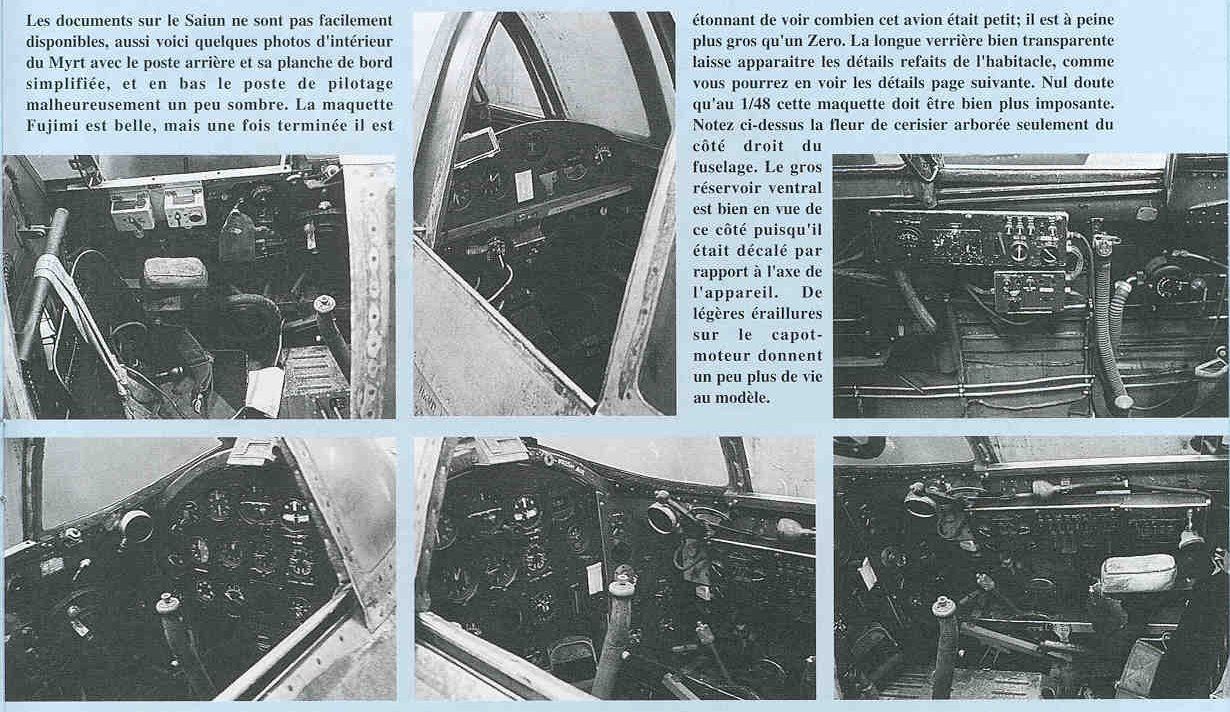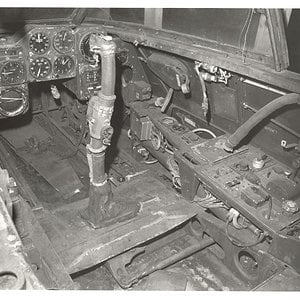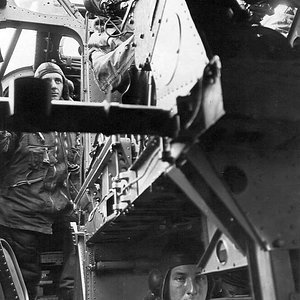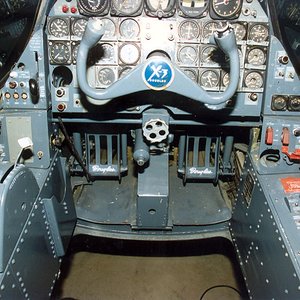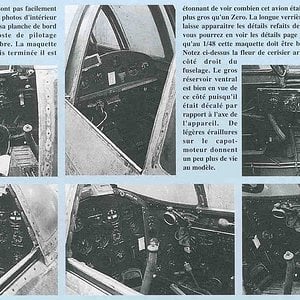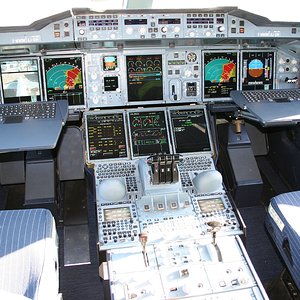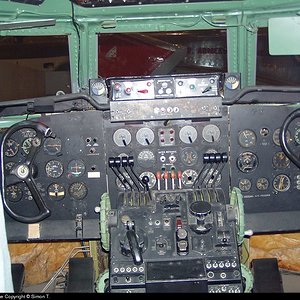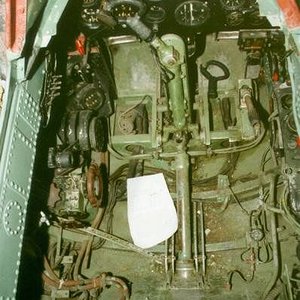Navigation
Install the app
How to install the app on iOS
Follow along with the video below to see how to install our site as a web app on your home screen.
Note: This feature may not be available in some browsers.
More options
You are using an out of date browser. It may not display this or other websites correctly.
You should upgrade or use an alternative browser.
You should upgrade or use an alternative browser.
History and notes
Identifying the need for a long-range carrier-based reconnaissance aircraft, as a result of early experience in the Pacific war, the Imperial Japanese Navy drew up a specification which it issued to Nakajima in early 1942 for an aircraft to meet this requirement. The combination of high-speed, long-range and carrier compatibility presented considerable problems which Nakajima resolved by adopting its own efficient 1,820hp (l358-kW) NK9B Homare 11 engine and incorporating in the wing design leading-edge slats and a combination of Fowler-type and split trailing-edge flaps. Appearing similar in external configuration to the company's B6N, the Nakajima C6N had a fuselage also accommodating a crew of three, but the lower surfaces and sides of the structure incorporated camera ports and observation windows.
The first C6 1 prototype made its maiden flight on 15 May 1943, but disappointing performance of the Homare 11 engine led to 18 more prototypes/preproduction aircraft, some tested with the more powerful Hornare 21, before the type was ordered into production in early 1944 as the Navy Carrier Reconnaissance Plane Saiun (painted cloud) which had the company designation Nakajima C6Nl. Entering service in the summer of 1944, these aircraft soon demonstrated their long-range capability in keeping a watchful eye on the US fleet, and their speed was good enough to give them almost complete immunity from interception by Allied fighters. The type played a significant role in the closing stages of the war and a total of 463 had been built by Nakajima when production ended in August 1945. Allocated the Allied codename 'Myrt', the total included a small number of C6Nl-8 two-seat nightfighter conversions from C6N1s, armed with two 20mm cannon mounted to fire obliquely forward and upward, and one C6 2 which was flown with a prototype installation of a l,980-hp (1476-kW) Homare 24 turbocharged engine. Projected, but not built, were the C6 1-B carrier-based attack bomber and the C6 3 night-fighter powered by the Homare 24 engine.
Variants
C6N-1 : Two-seat reconnaissance aircraft for the Imperial Japanese Navy.
C6N-1B : Proposed torpedo-bomber version. Unbuilt.
C6N-1S : Small number of C6N-1s converted into night fighters.
C6N-2 : One prototype fitted with a 1,980-hp (1476-kW) turbocharged engine.
Specification
Nakajima C6N 1
Type: carrier-based reconnaissance aircraft
Powerplant: one l,990-hp (1484-kW) Nakajima NK9H Homare 2118-eylinder radial piston engine
Performance: maximum speed 379 mph (610 km/h) at 20,015 ft (6100 m); cruising speed 242 mph
(390 km/h); service ceiling 35,235 ft (10740 m); maximum range with auxiliary fuel 3,299 miles (5310 km)
Weights: empty 6,543 lb (2968 kg); maximum take-off 11,596 lb (5260 kg)
Dimensions: span 41 ft 0in (12.50 m); length 36 ft 1 in (11.00 m); height 12 ft 11 ½ in (3.95 m); wing area 274.49 sq ft (25.50 m2)
Armament: one rear-firing 7.92-mm (0.31-in) machine-gun on trainable mounting
Operator: Japanese Navy
Identifying the need for a long-range carrier-based reconnaissance aircraft, as a result of early experience in the Pacific war, the Imperial Japanese Navy drew up a specification which it issued to Nakajima in early 1942 for an aircraft to meet this requirement. The combination of high-speed, long-range and carrier compatibility presented considerable problems which Nakajima resolved by adopting its own efficient 1,820hp (l358-kW) NK9B Homare 11 engine and incorporating in the wing design leading-edge slats and a combination of Fowler-type and split trailing-edge flaps. Appearing similar in external configuration to the company's B6N, the Nakajima C6N had a fuselage also accommodating a crew of three, but the lower surfaces and sides of the structure incorporated camera ports and observation windows.
The first C6 1 prototype made its maiden flight on 15 May 1943, but disappointing performance of the Homare 11 engine led to 18 more prototypes/preproduction aircraft, some tested with the more powerful Hornare 21, before the type was ordered into production in early 1944 as the Navy Carrier Reconnaissance Plane Saiun (painted cloud) which had the company designation Nakajima C6Nl. Entering service in the summer of 1944, these aircraft soon demonstrated their long-range capability in keeping a watchful eye on the US fleet, and their speed was good enough to give them almost complete immunity from interception by Allied fighters. The type played a significant role in the closing stages of the war and a total of 463 had been built by Nakajima when production ended in August 1945. Allocated the Allied codename 'Myrt', the total included a small number of C6Nl-8 two-seat nightfighter conversions from C6N1s, armed with two 20mm cannon mounted to fire obliquely forward and upward, and one C6 2 which was flown with a prototype installation of a l,980-hp (1476-kW) Homare 24 turbocharged engine. Projected, but not built, were the C6 1-B carrier-based attack bomber and the C6 3 night-fighter powered by the Homare 24 engine.
Variants
C6N-1 : Two-seat reconnaissance aircraft for the Imperial Japanese Navy.
C6N-1B : Proposed torpedo-bomber version. Unbuilt.
C6N-1S : Small number of C6N-1s converted into night fighters.
C6N-2 : One prototype fitted with a 1,980-hp (1476-kW) turbocharged engine.
Specification
Nakajima C6N 1
Type: carrier-based reconnaissance aircraft
Powerplant: one l,990-hp (1484-kW) Nakajima NK9H Homare 2118-eylinder radial piston engine
Performance: maximum speed 379 mph (610 km/h) at 20,015 ft (6100 m); cruising speed 242 mph
(390 km/h); service ceiling 35,235 ft (10740 m); maximum range with auxiliary fuel 3,299 miles (5310 km)
Weights: empty 6,543 lb (2968 kg); maximum take-off 11,596 lb (5260 kg)
Dimensions: span 41 ft 0in (12.50 m); length 36 ft 1 in (11.00 m); height 12 ft 11 ½ in (3.95 m); wing area 274.49 sq ft (25.50 m2)
Armament: one rear-firing 7.92-mm (0.31-in) machine-gun on trainable mounting
Operator: Japanese Navy

